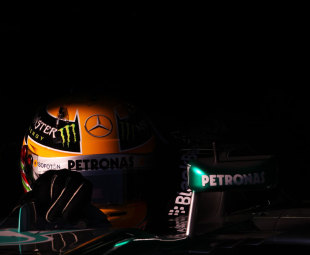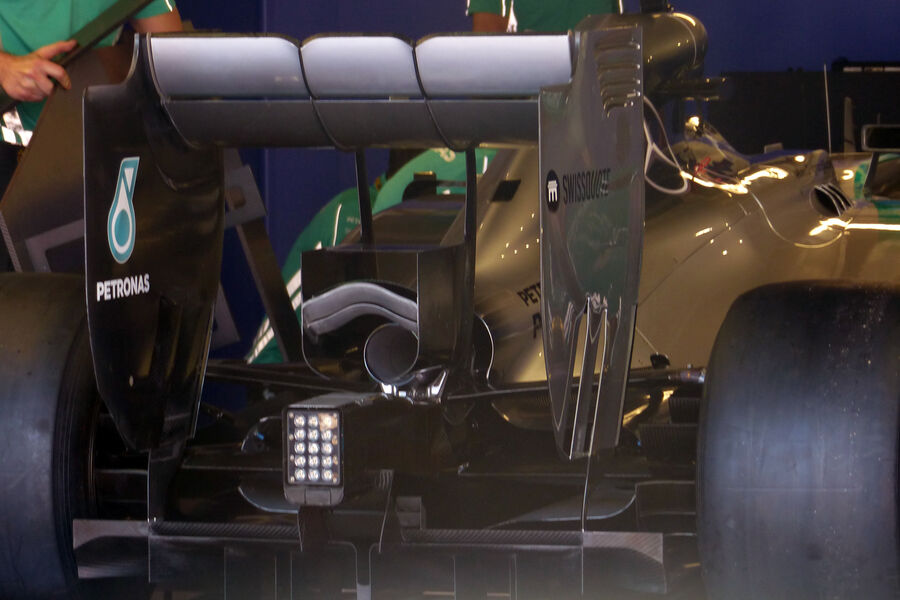- Login or Register
No account yet? Sign up
I am not talking about the actual flexing, but the alteration of the aero due to the closing of the apertures. other wings do flex, but the apertures stay pretty well the same. the mercs practically close completely.wesley123 wrote:We have been discussing this through and through in the past few years.
Yes, flexing is illegal, the rules say that parts cannot flex(which is impossible) but it also has limits on the amount of flex in contradiction. They obviously passed those flex tests, so arguably, they are legal.

Supposedly they were using those because they wanted to see if the air from the brakes was affecting flow around the diffuser. They used the chimneys to move the air away to see if the flow was behaving the same...muhammad-13 wrote:What became of the chimneys we saw near the rear tyres during barcelona test?










Look at the main plane, then the gurneys. One bends while the other does not. They are supposed to be fixed which would make them all bend together aka Red Bull type flexing. They also very conveniently line up perfectly when compressed don't you think? Also when compared to other cars in this shot it over flexes, as if weight is in the back part of the end plates. This would make the most sense as it would provide a pivot point to the pillar.Emerson.F wrote:I dissagree but I'm listening. Explain.Agerasia wrote:That is no way consistent in how you would expect an F1 front wing to flex, it's obviously deliberately designed that way.
The question is, why?
I myself believe it has a mass damping effect.
Rubbish, it's the energy from the flexing that achieves the effect, not only the "weight".Emerson.F wrote:Rubbish. It lacks the mass (Weight) for it to be functional as as damper.Coefficient wrote:Mass Damper

Aaronque wrote:





Try to find itwesley123 wrote:http://www.formula1.com/wi/gi/enlarge/1 ... 24my91.jpg
I'm unsure what you guys are talking about, but the fin on the number is right there.
Errr... Care to take a stab at the physics to explain how it'd work in the manner you've described? It doesn't have enough mass, and the torque is applied in the wrong place in two ways: 1) It's too far forward to be of any use, and 2) it's too low to be of any use. To top that all off, a mass damper doesn't oscillate that fast. It's supposed to oscillate at the same period of the sway which this clearly does not.Coefficient wrote:Rubbish, it's the energy from the flexing that achieves the effect, not only the "weight".Emerson.F wrote:Rubbish. It lacks the mass (Weight) for it to be functional as as damper.Coefficient wrote:
Mass Damper